On January 5, 2019, Gov. Dennis Daugaard will leave office as his successor, Kristi Noem, is sworn in as South Dakota’s 33rd Governor. In numerous interviews, Daugaard has said that his political career is over, and he plans to retire to his home on his family farm site near Dell Rapids.
Daugaard’s voluntary departure from politics is not unprecedented, but it is unusual. He will be the first South Dakota governor in more than a century to leave politics voluntarily and to eschew any future candidacy for political office or a judicial appointment.
Not since Nils Boe in 1969 did a South Dakota governor depart office, without being defeated, and decline any further political campaign. Prior to Boe, the most recent instance was George T. Mickelson, who left the governor’s office in 1951. Boe and Mickelson both, however, accepted federal judgeships; Mickelson was federal district judge for South Dakota from 1953-65 and Boe was a judge on the U.S. Customs Court in New York City from 1973-84.
The last South Dakota governor to leave office without being defeated, and to decline any further judicial or political career, is Robert S. Vessey, who left office in 1913.
Daugaard’s unusual status is driven, in part, by age. He is older than most of his predecessors, leaving office at the age of 65. Only Walter Dale Miller, who lost his bid for a full term, was older when he left office; he was 69 at the end of his term.
Below is a brief description of each South Dakota governor’s post-gubernatorial career:
Arthur C. Mellette (1889-93)
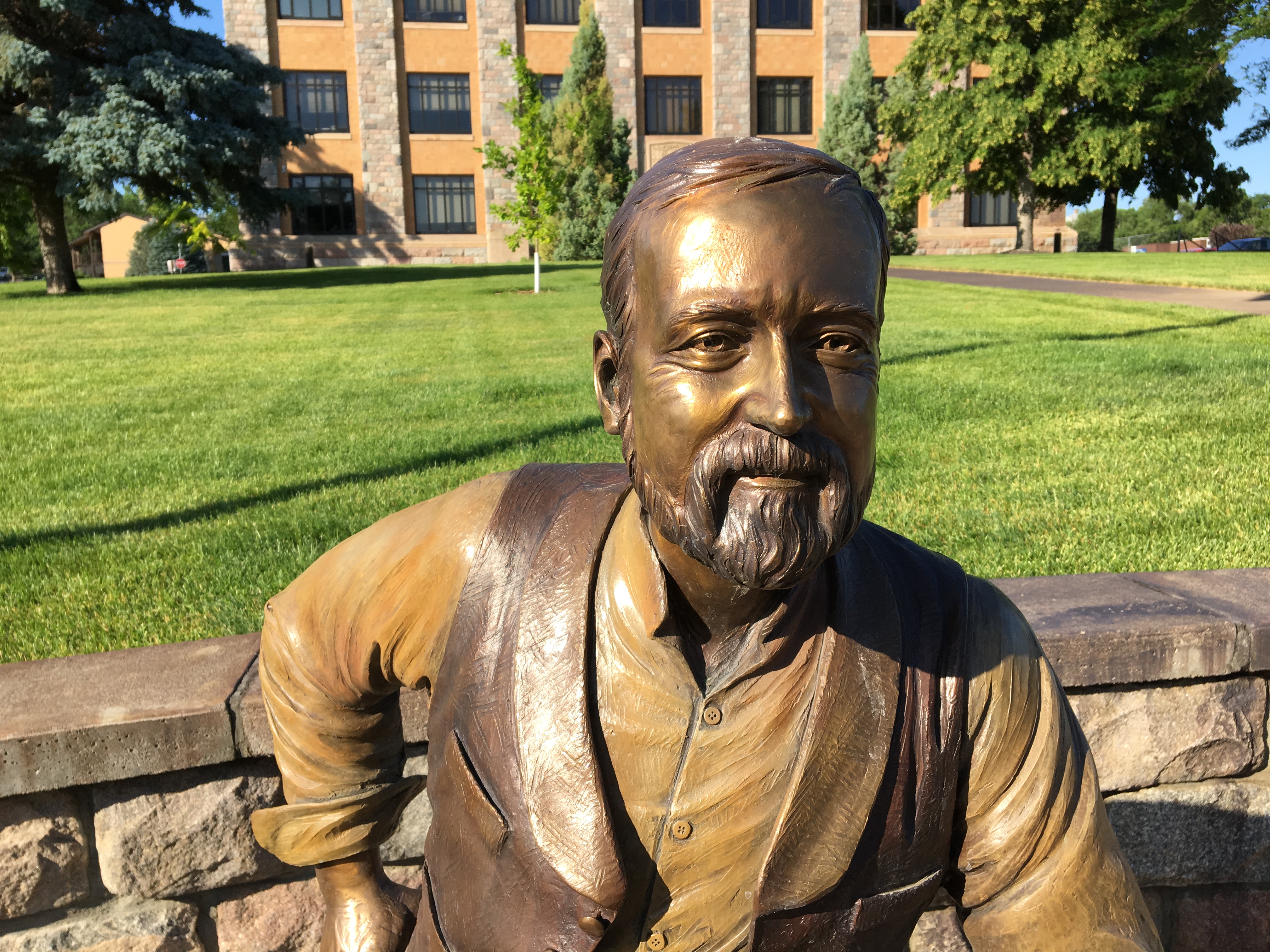
Mellette, the state’s first governor, had declined to seek a third two-year term as governor due to failing health and the financial strain that service as governor had placed upon him. Returning to his law practice, he became enmeshed in the scandal surrounding State Treasurer W. W. Taylor’s theft of the state treasury in 1895. Although Mellette committed no wrongdoing, as a bondsman for Taylor, he turned over his entire fortune, except for his law library, to help replace the stolen funds. Financially ruined and humiliated, he moved to Kansas, where he died in 1896.
Charles H. Sheldon (1893-97)
Sheldon died less than two years after leaving office, at the Bullock Hotel in Deadwood, while he was in town to deliver a political speech. His lifespan after leaving office was the shortest of any former governor.
Andrew E. Lee (1897-1901)
Lee, South Dakota’s only Populist governor, had been elected on a “fusion” ticket backed by Democrats and Populists. Lee had been the fusion ticket nominee for U.S. House in 1900, but had lost. He returned to Vermillion, and in 1908 he once again ran for governor, this time as a Democrat. He lost to Republican Robert S. Vessey. In the days when the State Legislature elected U.S. Senators, Lee was also the Democratic Party’s preferred candidate for U.S. Senate in 1907 and 1909, although strong Republican control of the State Legislature made this largely an honorary distinction.
Charles N. Herreid (1901-05)
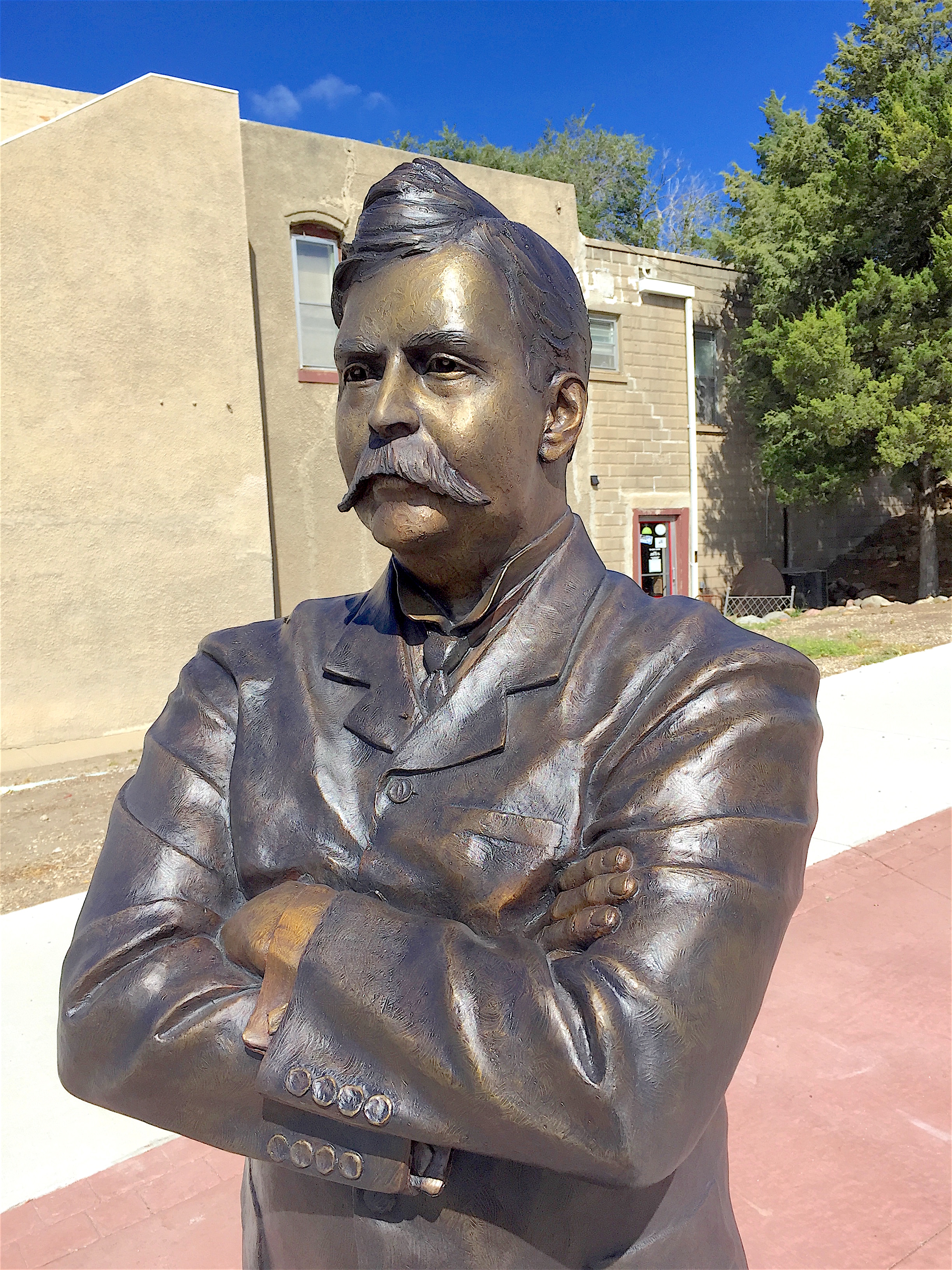
Herreid never sought elected office after leaving the Governor’s Office. He established a law practice in Aberdeen and also served on boards of directors for a bank, an insurance company, and a telephone company. During World War I, Herreid served as the state food administrator for South Dakota, under the leadership of national food administrator Herbert Hoover.
Samuel H. Elrod (1905-07)
Elrod had been defeated for renomination at the State Republican Convention by progressive Coe Crawford in 1906. He returned to his law practice and farm operation in Clark. Elrod once again ran for governor in 1910, running as a conservative Republican but losing the primary to incumbent Robert S. Vessey, a progressive.
Coe I. Crawford (1907-09)
Crawford eschewed a second term as governor to run for U.S. Senate in 1908, running as a progressive against incumbent U.S. Senator Alfred Kittredge, a conservative. Crawford won the primary and was elected by Republican legislators in early 1909. Crawford served one term in the U.S. Senate, during which he aligned himself with progressive causes; he supporter Bull Moose Progressive Theodore Roosevelt rather than Republican William Howard Taft for president in 1912. Crawford was defeated in the 1914 Republican primary by conservative Charles H. Burke and never ran for office again. He backed Democrat James Cox, rather than Republican Warren Harding, for president in 1920, and continued to support Democratic candidates for the rest of his life.
Robert S. Vessey (1909-13)
Vessey left office in 1913, having declined entreaties to run for U.S. Senate in 1912. He moved to southern California, where he was in the real estate business.
Frank M. Byrne (1913-17)
In 1918, Byrne challenged incumbent Republican U.S. Senator Thomas J. Sterling in the primary, but lost after fellow progressives including Coe Crawford and Peter Norbeck supported Sterling. Byrne served 1921-25 as the first commissioner of the South Dakota Department of Agriculture, during the administration of Governor William McMaster.
Peter Norbeck (1917-21)
Following two two-year terms as governor, Norbeck was elected to the U.S. Senate in 1920, and was reelected in 1926 and 1932. He served in the U.S. Senate until his death in late 1936. Norbeck had a distinguished Senate career, during which he advocated for the creation of Mount Rushmore and the Badlands National Monument, sponsored legislation creating Grand Tetons National Park in Wyoming, sponsored the federal Migratory Bird Conservation Act, and chaired the hearings that led to the Securities Exchange Act. Norbeck also invited President and Mrs. Coolidge to South Dakota for the summer of 1927 and hosted them at the State Game Lodge in Custer State Park.
William H. McMaster (1921-25)
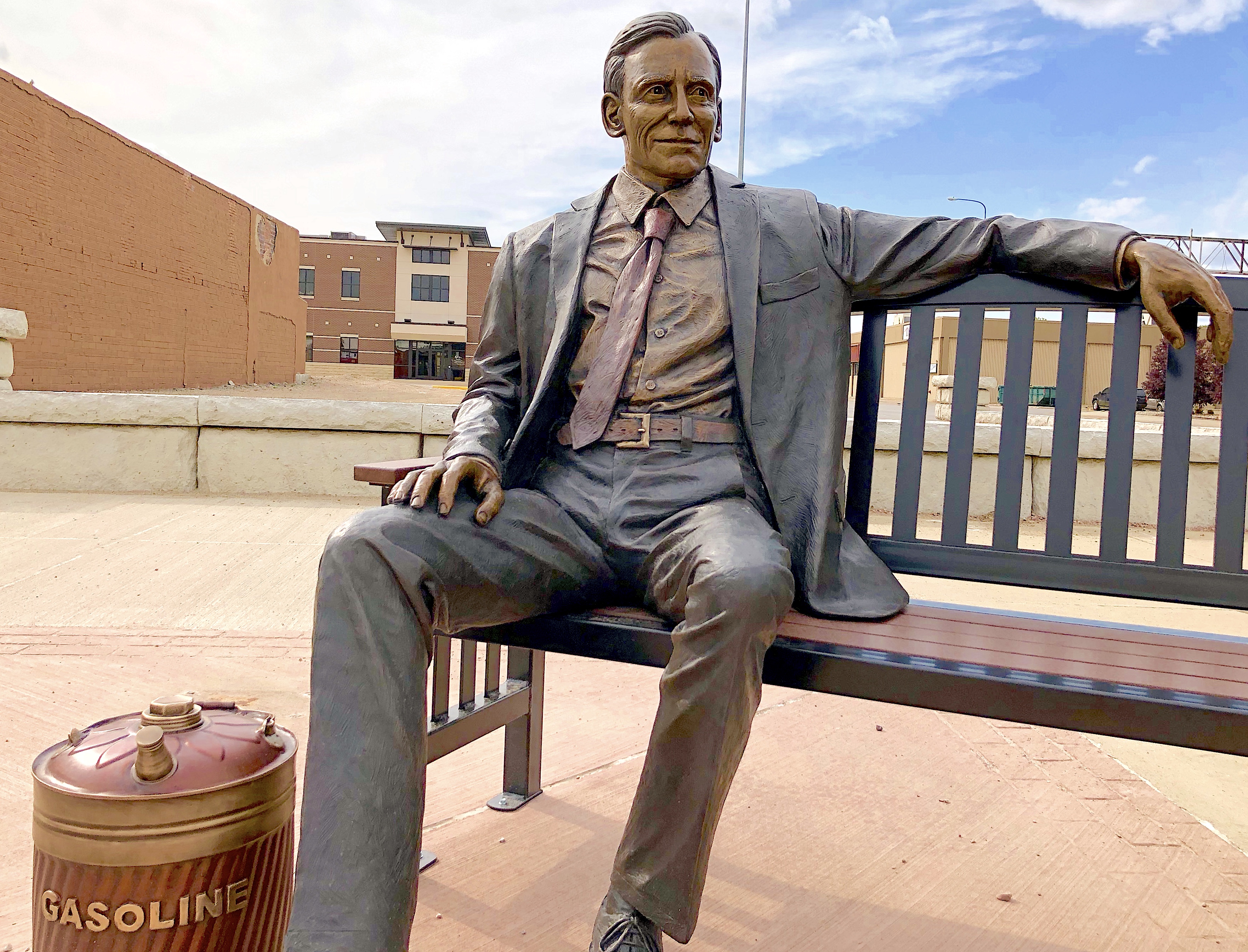
Like Norbeck, McMaster followed his four years as governor by entering the U.S. Senate, winning election in 1924. He lost reelection amidst the Great Depression in 1930 to outgoing Governor W. J. Bulow, a Democrat. McMaster was then recruited to Dixon, Illinois by Charles R. Walgreen Sr. to assume management of Dixon National Bank. Walgreen, the founder of the national drug store chain, had invested in the bank so that it could reopen following Franklin Roosevelt’s bank holiday in 1933. Walgreen believed that, as a former governor and U.S. Senator, McMaster would have depositors’ confidence.
Carl Gunderson (1925-27)
Gunderson was defeated for reelection in 1926 by Democrat W. J. Bulow. He ran for governor two more times, in 1930 and 1932, in both cases losing the Republican primary.
W. J. Bulow (1927-31)
Following two terms as governor, Bulow was elected to the U.S. Senate in 1930, defeating incumbent Republican William McMaster. He served two terms in the Senate from 1931-43. Although a Democrat, Bulow did not support Franklin D. Roosevelt’s New Deal and, as an isolationist, opposed U.S. involvement in World War II. He lost the Democratic nomination for U.S. Senate in 1942 to former Gov. Tom Berry, a staunch FDR supporter; Berry lost the general election to Gov. Harlan J. Bushfield, a conservative Republican.
Warren E. Green (1931-33)
Green lost reelection in 1932 amidst the FDR Democratic landslide; Democrats won control of the South Dakota State Legislature for the first time and won every statewide election except for U.S. Senate, for which Senator Norbeck was reelected. Green retired to his Hamlin County farm.
Tom Berry (1933-37)
Berry, having served two two-year terms, bucked tradition and ran for a third term in 1936. He lost in a narrow upset to Republican challenger Leslie Jensen, a Hot Springs businessman. Berry returned to his Mellette County ranch and twice ran for U.S. Senate, losing in 1938 to Chan Gurney and in 1942 to Harlan Bushfield. He eventually moved to Rapid City, where he owned a string of racing dogs.
Leslie Jensen (1937-39)
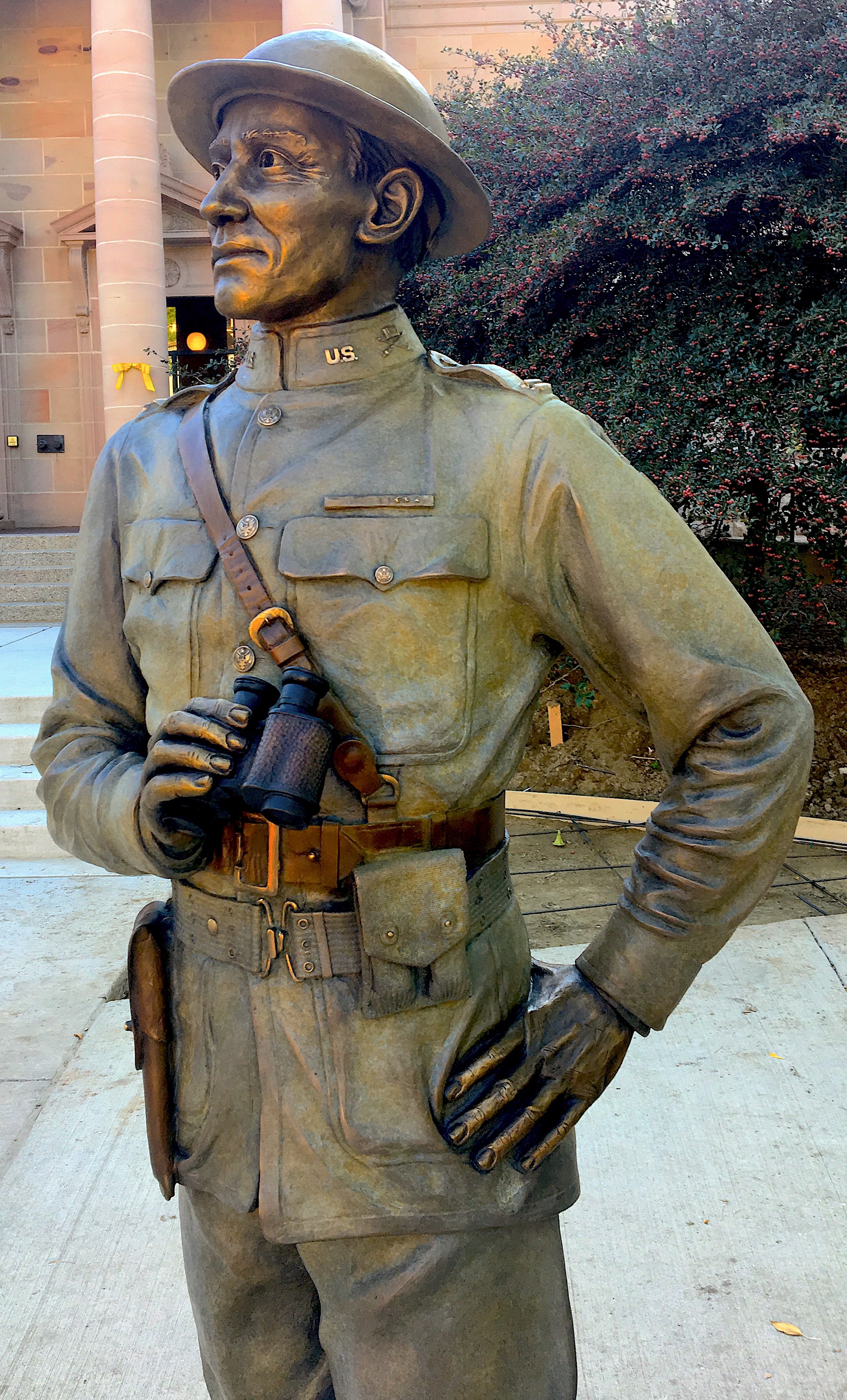
Jensen, after a single two-year term as governor, ran for U.S. Senate in 1938, losing the Republican primary to Chan Gurney. Jensen was a veteran of World War I and a longtime member of the South Dakota National Guard, and reentered active duty during World War II as commanding officer of the 147th Field Artillery. He deployed with his unit to Australia and, after contracting malaria, was reassigned to General Douglas MacArthur’s headquarters. Jensen’s ill health following the war ended his thoughts of running for further office, although he remained a popular political speaker.
Harlan J. Bushfield (1939-43)
Following four years as governor, Bushfield was elected U.S. Senator in 1942. In poor health, he didn’t seek reelection and died in September 1948, four months before the end of his term. His wife, Vera Bushfield, was appointed to complete his term.
M. Q. Sharpe (1943-47)
Sharpe, having served two two-year terms as governor, sought a third term in 1946, losing the Republican primary to Attorney General George T. Mickelson. He never again sought elected office, although he chaired Governor Herseth’s Citizen Tax Study Commission and the Supreme Court’s Court Study Commission.
George T. Mickelson (1947-51)
Following four years as governor, Mickelson declined entreaties to challenge U.S. Senator Chan Gurney for reelection. Instead the state chairman of the Eisenhower for President campaign in 1952. In 1953, President Eisenhower appointed Mickelson as a federal district judge for South Dakota, an office he held until his death in 1965.
Sigurd Anderson (1951-55)
Following his four years as governor, Anderson was appointed by President Eisenhower to be a Federal Trade Commissioner, a position he held from 1955-64. Anderson was one of several candidates who sought the nomination for U.S. Senate in 1962 at the special Republican state convention, following the death of U.S. Senator Francis Case, but the nomination went to Lt. Governor Joe Bottum. Anderson returned to South Dakota in 1964 and again ran for governor, narrowly losing the Republican primary to Lt. Governor Nils Boe. Boe appointed Anderson as a state circuit judge, a position Anderson held from 1967-75.
Joe Foss (1955-59)
At the conclusion of Foss’s four years as governor, he ran for U.S. House from South Dakota’s first district (generally east of the James River) in 1958, but lost to incumbent Democrat George McGovern. From 1959-66, Foss was commissioner of the American Football League; his suggestion for an annual NFL-AFL championship game led to the creation of the Super Bowl. Like Anderson, Foss sought the Republican nomination for U.S. Senate in 1962, losing to Joe Bottum. After leaving the AFL, Foss hosted outdoors television shows and served as president of the National Rifle Association.
Ralph Herseth (1959-61)
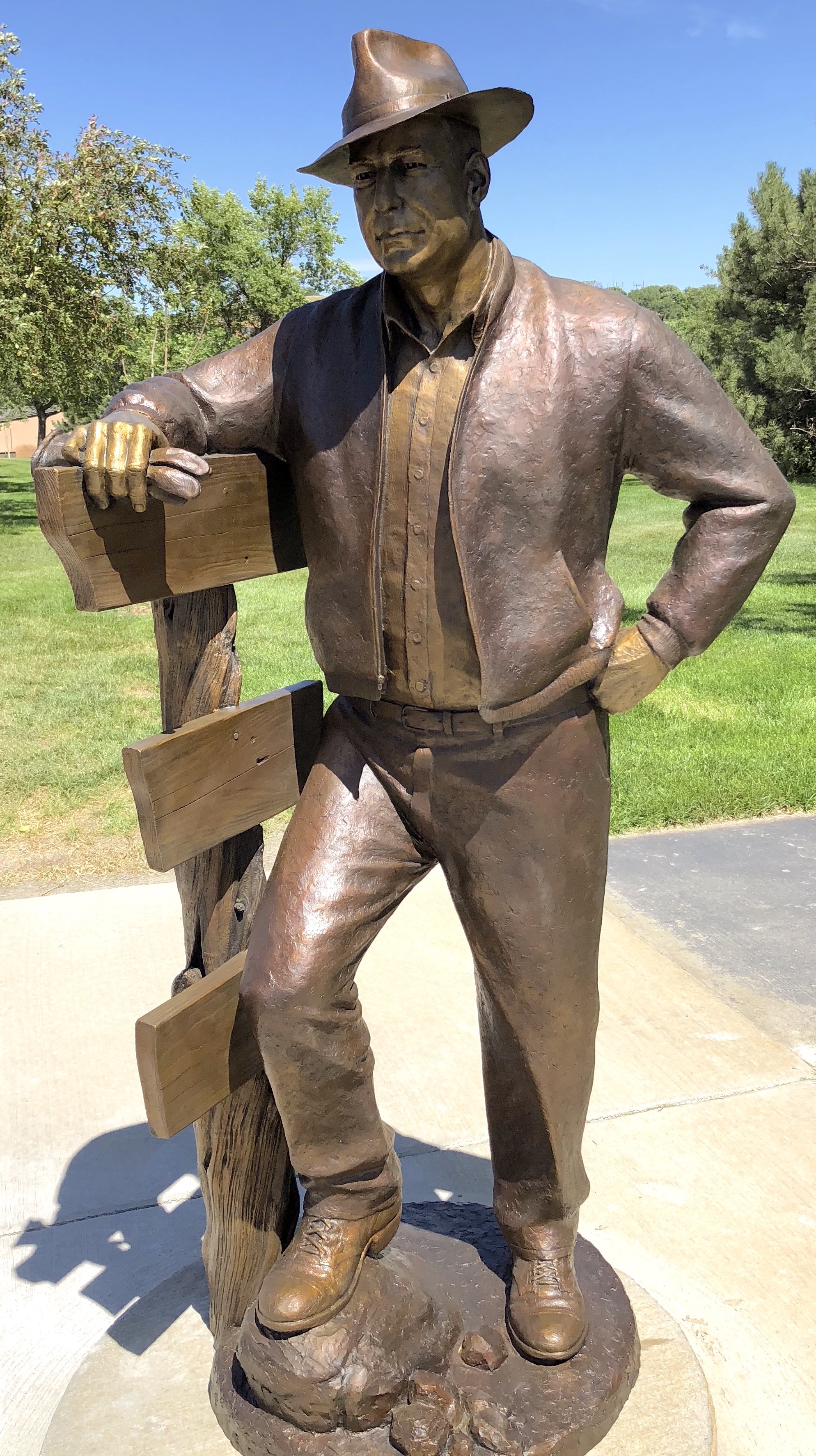
Herseth was defeated for reelection in 1960 by Republican Archie Gubbrud. He attempted a comeback in 1962, losing again to Governor Gubbrud. It was Herseth’s fourth and final run for governor; he had run unsuccessfully against Joe Foss in 1958, been elected in 1960, lost reelection in 1962, and made his failed comeback bid in 1962.
Archie Gubbrud (1961-65)
Gubbrud returned to his Lincoln County farm following his four years as governor. In 1968, he was drafted by Republicans to run against incumbent U.S. Senator George McGovern. He reluctantly agreed to run and lost by 14 percent.
Nils Boe (1965-69)
Boe declined to challenge U.S. Senator George McGovern in 1968. After leaving the governor’s office in early 1969, he was appointed by President Nixon as the White House Director of Inter-Governmental Affairs. In 1971, Nixon appointed Boe to the U.S. Customs Court in New York City; Boe served until 1984 and was chief judge from 1971-77. He assumed senior status in 1984 and retired to Spearfish Canyon and Tucson, Arizona.
Frank Farrar (1969-71)
Farrar was defeated for reelection in 1970 by Democrat Richard F. Kneip. He never again sought political office, reentered the private practice of law, and began a long and successful career in banking, coming to own several small-town banks. Farrar’s post-gubernatorial lifespan is 48 years and counting, the longest of any former South Dakota governor.
Richard F. Kneip (1971-78)
Kneip resigned in 1978, in his eighth year as governor, to accept an appointment from President Jimmy Carter as U.S. Ambassador to Singapore. He returned to South Dakota in 1980 and ran for governor in 1986, narrowly losing the Democratic primary to Lars Herseth, the son of Gov. Ralph Herseth and a Democratic legislative leader. Kneip died of cancer in early 1987; had he been elected in 1986, he would have died only two months into his gubernatorial term.
Harvey Wollman (1978-79)
Wollman completed the last five months of Governor Kneip’s term as governor. He had sought the Democratic nomination for governor in 1978, narrowly losing to Democratic legislator Roger McKellips, and returned to his Spink County farm following the end of his short tenure as governor. Wollman sought a return to the State Legislature in 1984, but lost to incumbent State Senator Mary McClure.
William J. Janklow (1979-87; 1995-2003)
Following his eight years as governor from 1987-95, Janklow moved to a home near Brandon, practiced law, and worked in bonding. He became the first governor to successfully return to the office when he was elected to a third term in 1994, serving from 1995-2003.
In 2002, Janklow became the first governor to be elected to the U.S. House. He entered Congress in 2003 but resigned in early 2004 following his conviction after he ran a stop sign and killed a motorcyclist. Janklow’s law license was eventually reinstated and he was still a prominent figure at the time of his death in 2012.
George S. Mickelson (1987-93)
Mickelson died in office in the crash of the state airplane on April 19, 1993. As the only governor to die in office, he had no post-gubernatorial career. At the time of his death, there was speculation that Mickelson might challenge U.S. Senator Larry Pressler for the Republican nomination in 1996, or that he might follow in his father’s footsteps as a federal judge.
Walter Dale Miller (1993-95)
Miller, who succeeded to the governorship on the death of Governor Mickelson, sought a full term in 1994 but lost the Republican primary to former Governor Janklow. Miller was South Dakota’s oldest governor, taking office at age 67, and he was 69 when he left office. He did not seek public office again, but continued to operate his Meade County ranch, living in Fort Pierre and Rapid City. His wife, Pat Miller, was a candidate for the Republican nomination for State Auditor in 2010 and Secretary of State in 2014.
Mike Rounds (2003-11)
Rounds left office as governor in 2011. In late 2012, he launched his candidacy for U.S. Senate, seeking the seat held by U.S. Senator Tim Johnson. Johnson ultimately retired, and Rounds was elected to the U.S. Senate in 2014 and was reelected in 2020.
Dennis Daugaard (2011-19)

Daugaard left office in 2019. He returned to his rural home near Dell Rapids, on his family farmsite. Daugaard serves on several boards and has firmly ruled out any future campaigns for office.
